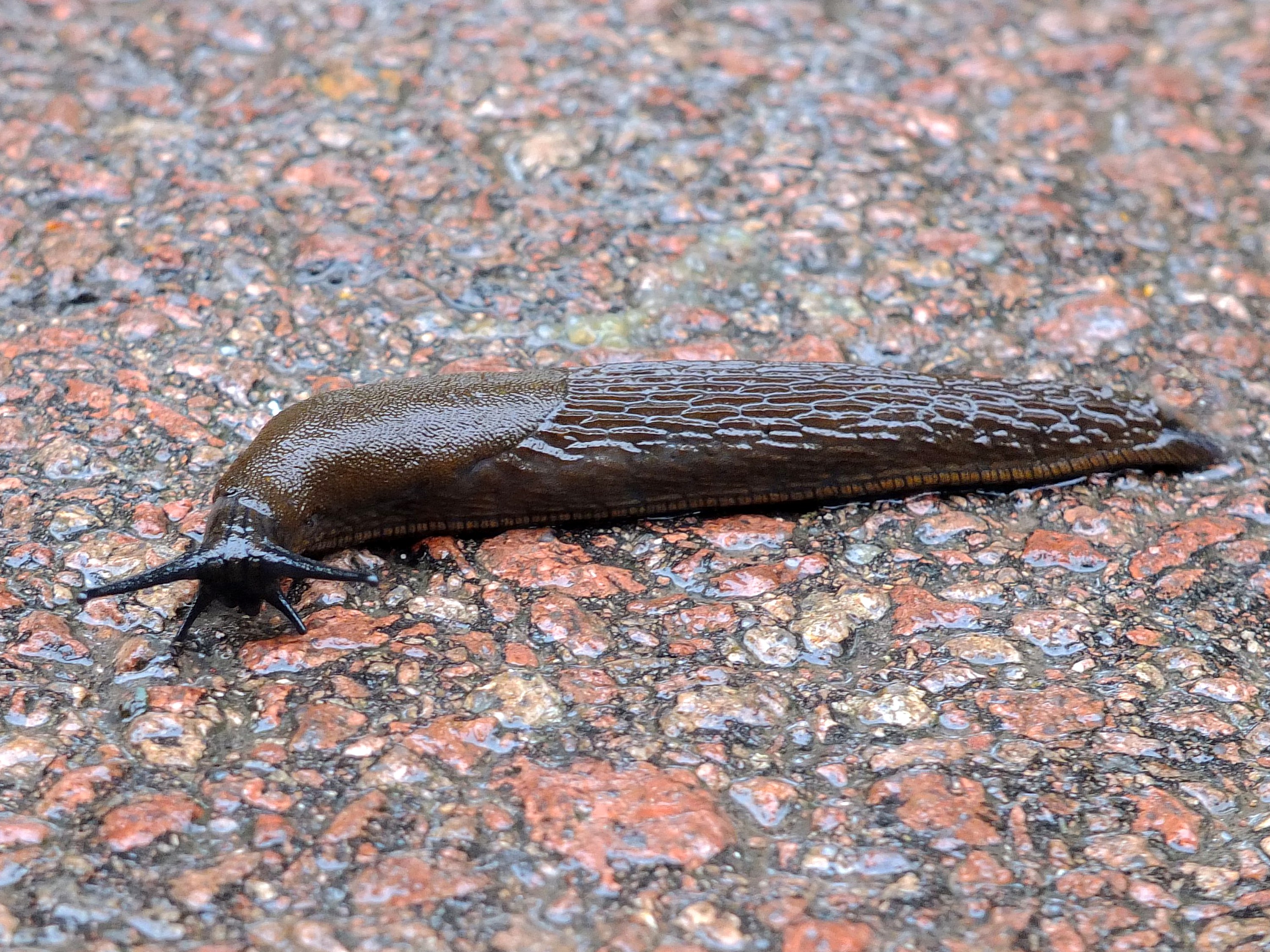Invasive alien species
Alien species are species that have spread from their native range to a new area with human assistance, either accidentally or intentionally. Some alien species pose a significant threat to the environment by causing serious damage to native species, ecosystems, crops, forestry, or other livelihoods. They can also cause considerable economic harm by affecting the health of people, animals, or plants or the value of properties. The harms can also be social or aesthetic. Alien species that cause such clear harms are combated throughout the EU and are referred to as invasive alien species (IAS).
Invasive alien species law
The act on the management of risks caused by alien species (1709/2015) came into effect on 1.1.2016. The purpose of the law is to prevent the introduction and spread of harmful species. The law also provides for measures to prevent and mitigate the harmful effects caused by invasive alien species. The owner or holder of a property must take reasonable measures to eliminate or restrict the spread of invasive alien species occurring on the property. The Häme ELY Centre supervises compliance with the regulations.
The national invasive alien species portal allows users to identify and report invasive species. The pages provide information and images about invasive species, maps of their distribution, and control instructions.
Invasive alien species and harmful species in Janakkala
The Spanish slug (Arion vulgaris) is an invasive alien species that causes mass destruction in gardens and even attacks nestlings. In rainy summers, its population spreads rapidly, as each individual slug can produce hundreds of eggs. The species can also be harmful to humans and pets.
Control
The most effective control of the Spanish slug is in the spring before overwintered individuals can lay eggs. In home gardens, Spanish slugs can be collected and killed by cutting them in half lengthwise between the tentacles or dropping them into vinegar, strong alcohol, or boiling water. Collecting can be facilitated by placing moisture-retaining boards or burlap sacks in the ground, under which slugs gather. Dead slugs should be placed in a closed waste bin or buried in the ground to prevent them from serving as food for their peers.
Slug bins in Janakkala
Janakkala has separate slug bins, but slugs can also be placed in mixed or bio-waste after being killed.
In Tervakoski:
- Teeritie and Kaartotie intersection
- Paperintekijäntie
- Touhulantie
- Martintie
- Kartanontie
- Tietyntie
- Mikkolantie
- Intersection area of Tietyntie and Moosentie
In Turenki:
- Suokulma
- Piiankuja
- Mäntykaarre (lower loop)
In Harviala:
- Intersection area of Alikartanontie and Harvialan puistotie
Avoid heavy containers like glass jars, as the bins fill up quickly and are heavy.
Spanish slugs are killed by cutting them in half lengthwise between the tentacles or dropping them into vinegar, strong alcohol, or boiling water.
Water and vinegar should be removed before placing slugs in a closed container (e.g., an empty milk carton).
Is there no slug bin in your residential area, and there is need for one? Contact the maintenance work manager.
Read more about the Spanish slug and its control.
- Anders Albrecht, CC-BY-NC-4.0
The garden snail is not an alien species but a harmful species. Snails are harmless to humans but can be problematic for gardens when they proliferate. Once garden snails have entered a garden, it is practically impossible to get rid of them entirely. To control snails, methods such as collection, keeping the lawn short, and encouraging natural enemies of garden snails (birds, hedgehogs) are recommended. In chemical control, iron phosphate-containing granules are approved as a snail pesticide. After collection, garden snails can be placed in a water-vinegar solution, pine soap, or boiling water. Dead garden snails should be buried about 30 centimeters deep, as the remains can attract more garden snails.
Read more about the garden snail and its control.
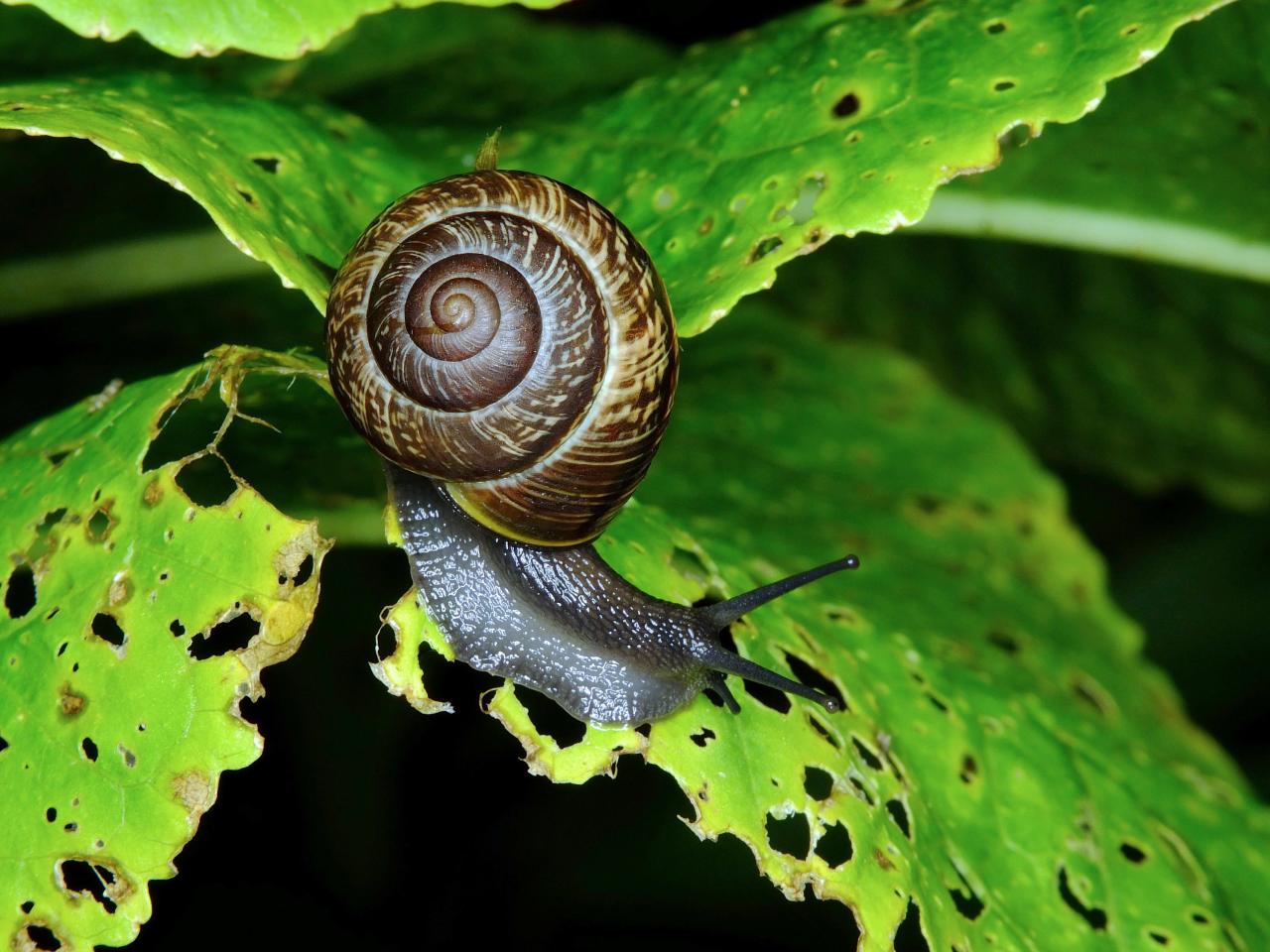
- Anders Albrecht, CC-BY-NC-4.0
Himalayan balsam can form extensive plant populations of a single species, which take up space from native vegetation.
The best way to eliminate Himalayan balsam from its occupied areas is to weed it before seed pods form. Himalayan balsam comes off easily with roots. Controlling Himalayan balsam is particularly suitable for community work.
Read more about Himalayan balsam and its control.
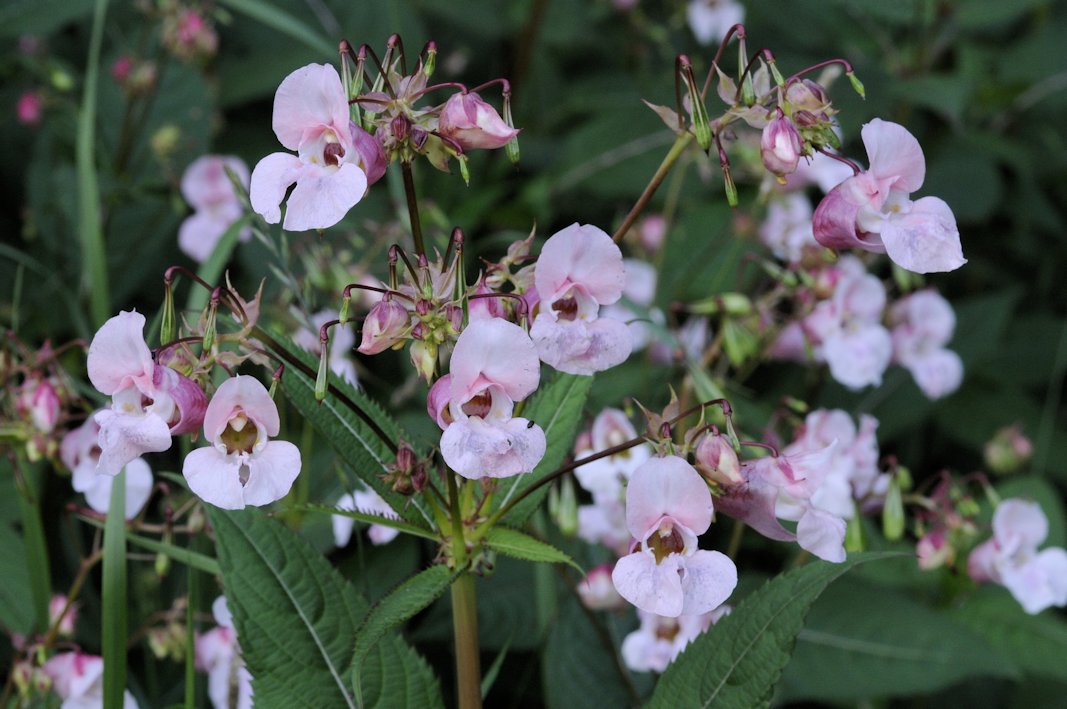
When the sap of giant hogweed reacts with sunlight on the skin, it can cause severe burn-like, slowly healing, or even permanent skin symptoms. Sensitive individuals may experience shortness of breath and allergic reactions just by being near the population. In optimal growth conditions, they form dense populations, “giant hogweed forests,” which smother all other vegetation beneath them.
Control can be done by cutting the main root with a spade at a depth of 10-20 cm, mowing, or using herbicides.
Read more about giant hogweed and its control.
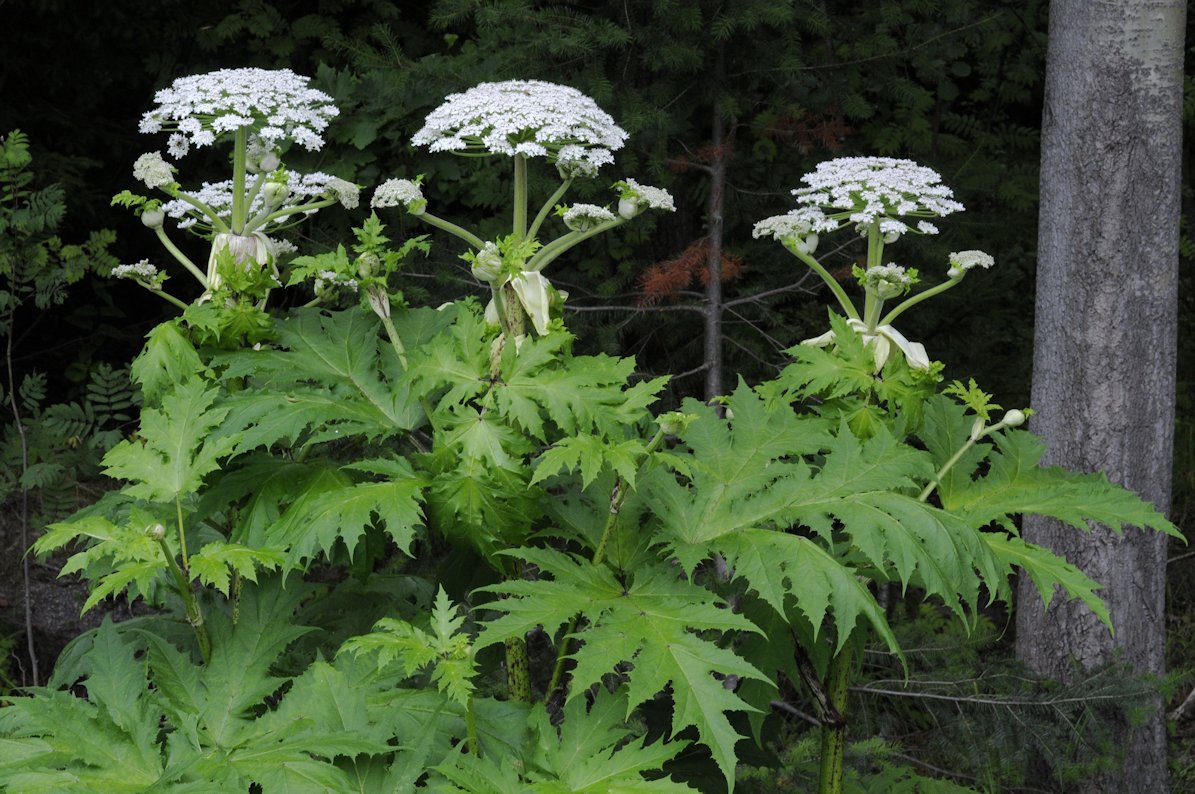
Rugosa rose, including its white-flowered form, is a nationally harmful invasive species. The cultivation of rugosa rose has been banned since 1.6.2022. Therefore, the property owner or holder must eliminate rugosa rose growing in their yard. Cultivated rugosa roses derived from rugosa rose are not banned, and it is important to distinguish rugosa roses from them and other rose species.
Rugosa roses can be eliminated by digging the shrubs out of the ground or by shriveling them. After removal, it is advisable to compost the rugosa roses. If the plant is taken out with garden waste, it may spread contrary to all intentions.
Read more about rugosa rose and its control.
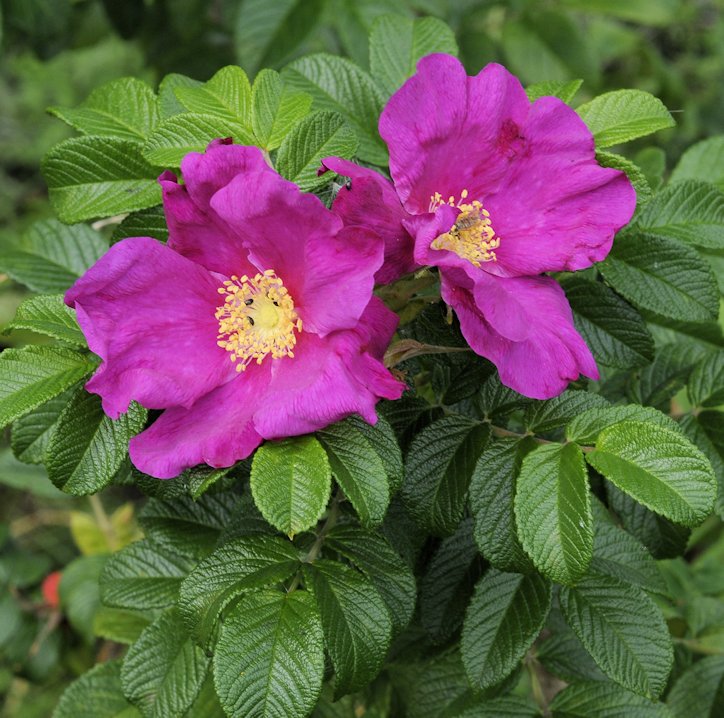
It is impossible to completely stop the spread of lupin, but there are good reasons for controlling it. The species has been observed in several habitats of endangered meadow plants.
Lupin spreads effectively from seeds, which remain viable for a long time. Eliminating lupin requires persistence, and control work can take years. In the case of extensive populations, flower stalks are mowed. If there are only a few lupins, they should be dug out individually with their roots. It is important to ensure that the cuttings are collected and not left sprawled over the habitat to enrich the soil. Cut lupins or flowers can be put in compost or raked together on-site to decompose. Covering the pile with sturdy plastic or a tarp can further ensure that the plants do not continue to develop.
Read more about lupins and their control.
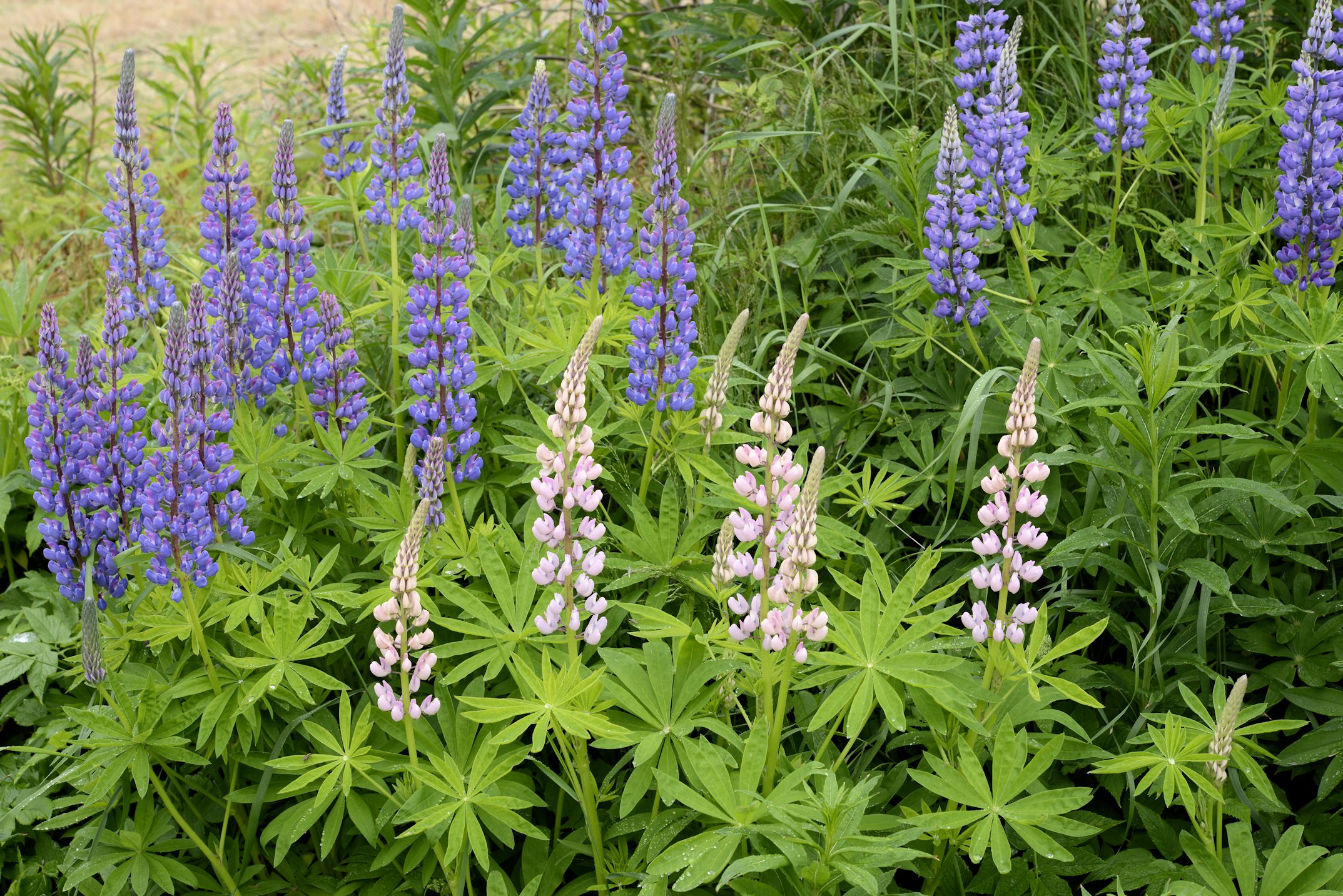
Mass populations of reed sweet-grass formed along the shores of lakes and ditches displace native species, especially shoreline plants. By replacing the natural shoreline vegetation, it adversely affects the habitats of fish and crayfish. Large populations are also detrimental to recreational activities, such as fishing, swimming, and boating. The easiest and most cost-effective is to try to prevent reed sweet-grass from spreading to new locations and remove populations when they have not yet spread significantly. Removing large populations is labor-intensive and can incur significant costs.
Read more about reed sweet-grass and its control.
Source for descriptions of invasive species and harmful species: Vieraslajit.fi website
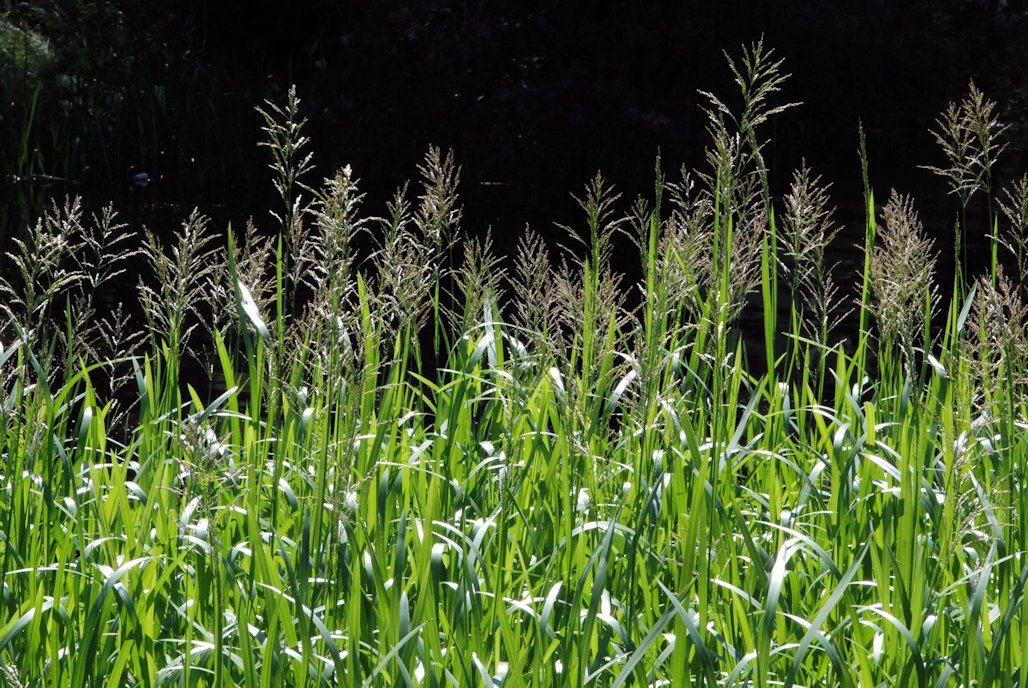
Plant collection
If you collect large quantities of harmful lupins, Himalayan balsams, or giant hogweeds from areas belonging to the municipality, place the plants in a bag and inform the maintenance work manager of the municipality of Janakkala so we can collect the bags for disposal.
Harmful plants collected from your own yards and gardens can be taken to Kiertokapula free of charge.
Report new occurrences
If you encounter invasive species in your environment, record the information in the Natural History Museum’s invasive species portal.
In the Janakkala area, you can also report new observations of reed sweet-grass, giant hogweed, and Himalayan balsam to the environmental services of the municipality of Janakkala.
